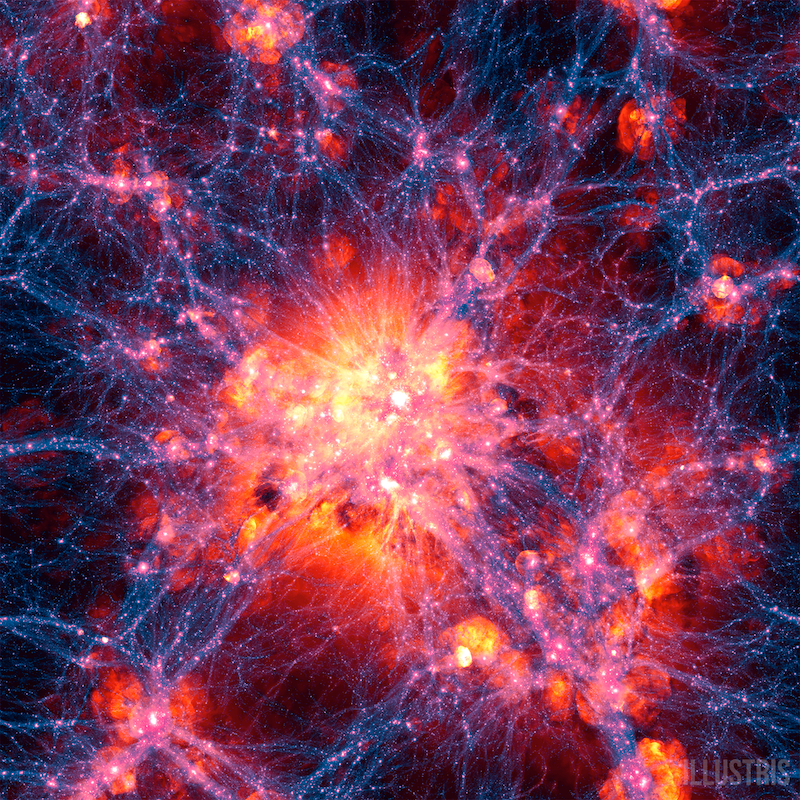In the Apollo era, it was realized that lunar swirls were associated with localized magnetic fields in the lunar crust — so-called lunar “magnetic anomalies.”
Several unmanned spacecraft, like NASA’s Lunar Prospector, JAXA’s Kaguya, and India’s Chandrayaan-1, have taken a special interest in the regions of magnetic anomalies. Lunar Prospector first identified magnetic anomalies that had created fully formed but miniature “magnetospheres” similar to what Earth’s planetary-wide magnetic field does on a much larger scale.
Using a combination of the space data and laboratory-scale experiments that use a “solar wind tunnel,” the team was able to identify how such small-scale magnetic “bubbles” were more efficient in deflecting the solar wind particles bombarding the Moon.
“When we first tried the experiment in the solar wind tunnel and it worked, it was very exciting,” said Ruth Bamford from the Center for Fundamental Physics and RAL Space at the Rutherford Appleton Laboratory.
“The active force, which deflect the solar wind particles, is electric, not magnetic. The electric field is created naturally by the edges of the Moon’s magnetic ‘bubbles,’” Bamford said. “What matters is the ‘gradient’ in the magnetic field, rather than the overall size of the magnetic bubble. So they can be as small as you like as long as the gradient is steep enough.”
Understanding how “mini-magnetospheres” produce a cavity in the solar wind and exclude the interplanetary magnetic field might lead the way to determining if the same mechanism could be artificially manipulated to create safe havens for future space explorers.
“We still need to determine quite how effective this mechanism would be at deflecting the real hazardous, higher-energy particles,” Bamford said. “The jury is still out on that one, but such an active shield could make the difference between survivable and certain death for astronauts on their way to Mars.”
The lunar soil was originally white but is known to have been darkened over time by exposure to the charged particles of the solar wind.
It has long been thought that the swirls were a result of magnetic shielding of the lunar surface from the solar wind, but nobody understood how the relatively weak magnetic fields associated with lunar swirls could sufficiently protect the Moon’s surface over hundreds of millions of years to prevent surface darkening and produce such finely detailed patterns.
According to Bamford, “Close to the Moon’s surface, the strength of a magnetic anomaly is likely to be very irregular, featuring overlapping cavities and gradients. We cannot know the precise arrangement without going there to see for ourselves,” but the result on the surface would be a corresponding pattern of retarded and accelerated “space weathering,” visible as areas of lighter material separated by dark lanes. Over an estimated 3.8 billion years, these anomalies would have been deflecting the solar wind particles streaming in from space, slowly creating these amazing patterns, which can be clearly seen on the lunar surface today.
The idea was confirmed by experiments done in the laboratory with the University of York in the United Kingdom using their “plasma wind tunnel.” The particles generated were, indeed, corralled by a narrow electrostatic field, thereby protecting areas of the exposed surface.
The interaction of the solar wind with the magnetic field anomalies have been shown to be effective enough to create protected voids above the surface of the Moon, sufficient to stave off against weathering caused by the bombardment of solar particles.










